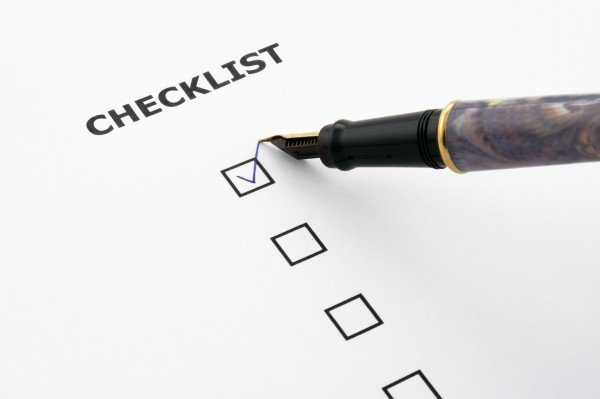Do It Yourself
9 Steps On How To Do CPR In Emergencies
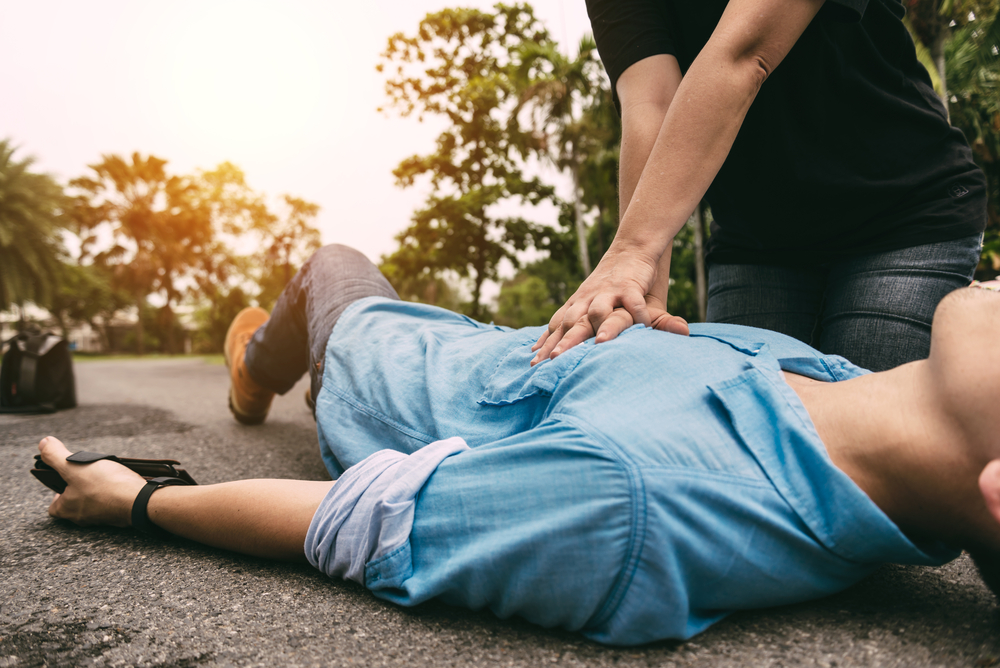
Do you know how to do CPR in emergency situations? If you don’t, you’re in the right place. Today, we’ll go through the steps to perform proper CPR.
How to Do CPR the Right Way
One of the most important life-saving skills that you can know is Cardiopulmonary Resuscitation or CPR. Chest Compressions and Rescue Breaths can save the life of someone who has collapsed and isn’t breathing. When a person stops breathing, their heart also stops, and every second matters in the fight to keep them alive.
There are many situations where you may find yourself with someone else’s life in your hands, such as:
- If your area has suffered from a natural disaster and is cut off from medical help
- If you are out hiking and encounter someone who has suffered cardiac arrest
- In daily life before professional help arrives
- If you are a caretaker for an elderly or medically compromised person
Keep in mind that any action is better than no action. While many bystanders are hesitant to perform mouth-to-mouth resuscitation on a stranger, opening the airway and performing chest compressions is still preferable to not stepping in at all. If you do feel comfortable, proceed with full CPR.
Call for help or send someone for help before you begin CPR, if you can.
Step 1: Ask If the Person Is Ok
Attempt to get confirmation that the person is in distress and in need of medical assistance.
Step 2: Check to See If They Are Breathing
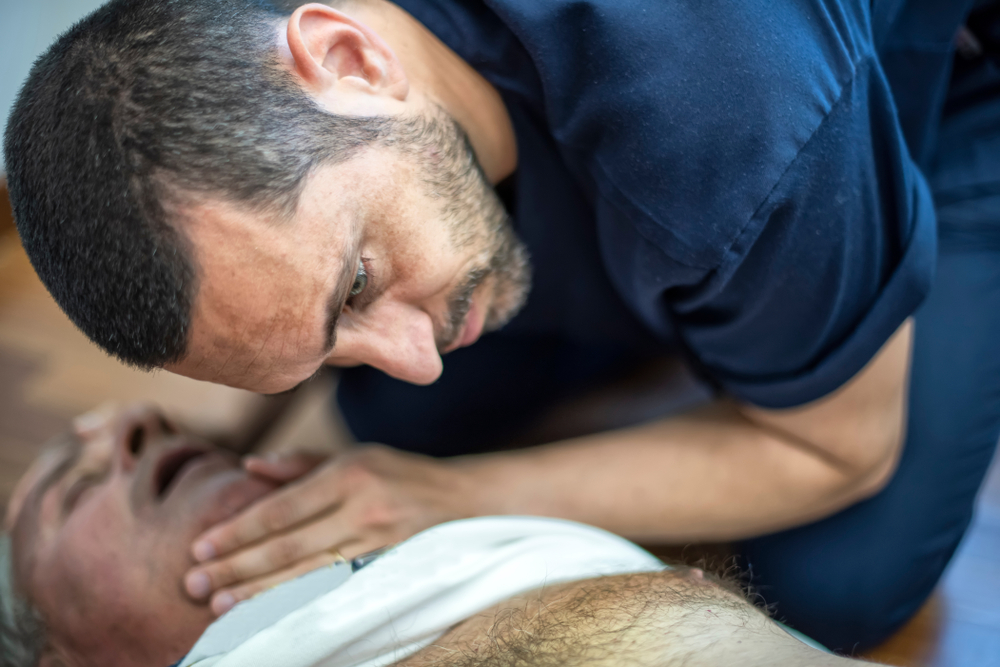
Put your ear next to their mouth/nose and check for breathing. If they are breathing, do not move them or perform CPR. If they are not breathing, you will want to attempt CPR.
Step 3: Gently Move the Person to His/Her Back
If a person has fallen and uncommunicative, it’s impossible to determine if they have suffered from serious injuries. However, you cannot perform CPR unless they are flat on their back. Gently move the person to a flat area.
Step 4: Open the Airway
Tilt the person’s head back and open the airway to see if they still need assistance.
Step 5: Position Your Hands for CPR
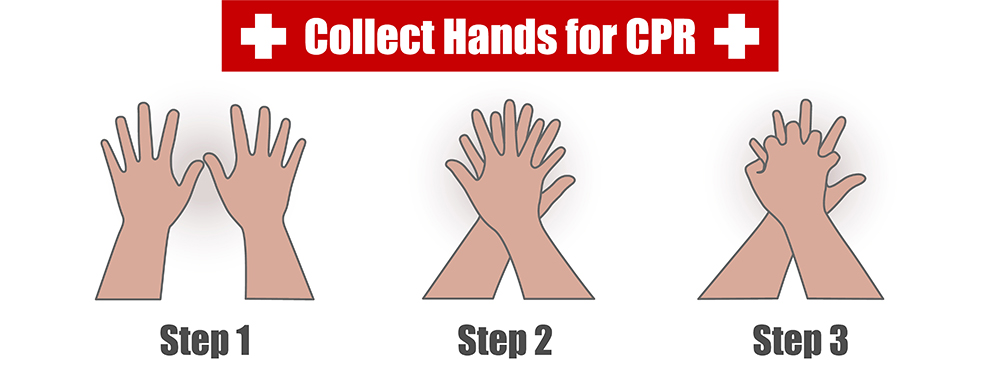
Kneel next to the person on their right side and place your palm over their heart, with the heel of your hand in the center of their chest. Put your second hand on top of the first, and then interlock your fingers. Keep your arms straight and don’t let your fingers or knuckles dig into their chest.
Step 6: Begin Chest Compressions
Still kneeling, lean over the person and press down on their chest. Release and let the chest come back up. Then begin a series of 30 quick chest compressions.
If you do not plan to give Rescue Breaths, repeat chest compressions. If you will move on to mouth-to-mouth, continue to step 7.
Step 7: Open the Airway Again
Tilt the person’s head back and lift the chin to open the airway again. Let the mouth fall open.
Step 8: Rescue Breaths
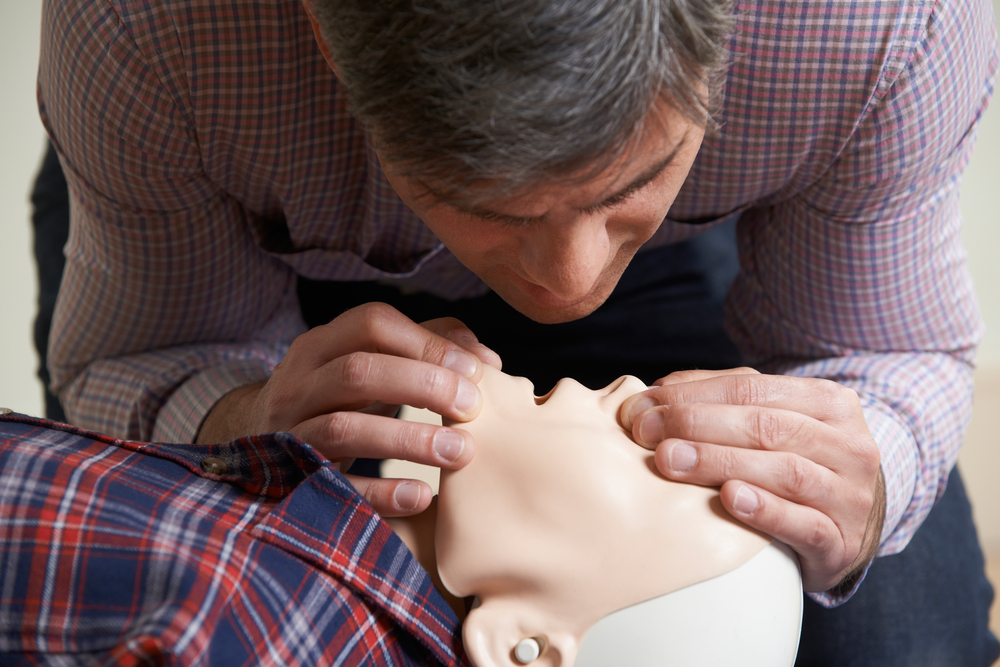
Pinch the person’s nose shut and hold the chin in place. Take a normal breath and breathe into the person’s mouth until you see their chest rise. Wait for the person’s chest to fall before repeating a second rescue breath and release.
Step 9: Repeat Chest Compression and Rescue Breaths
Follow with cycles of 30 more chest compressions and then 2 more rescue breaths. If help arrives, step aside.
If help is taking a long time to arrive or is not coming, do not stop performing CPR for at least 30 minutes. Research has shown that spontaneous recirculation can occur at any time up to 38 minutes after cardiac arrest, while CPR was being performed. Your knowledge and persistence can save lives.
Have you given these steps a try? If you do, please let us know your experience in the comments section!
Up Next:
-

 Do It Yourself7 months ago
Do It Yourself7 months agoParacord Projects | 36 Cool Paracord Ideas For Your Paracord Survival Projects
-

 Do It Yourself9 months ago
Do It Yourself9 months agoHow To Make Paracord Survival Bracelets | DIY Survival Prepping
-

 Do It Yourself9 months ago
Do It Yourself9 months ago21 Home Remedies For Toothache Pain Relief
-

 Do It Yourself10 months ago
Do It Yourself10 months agoSurvival DIY: How To Melt Aluminum Cans For Casting
-

 Exports8 months ago
Exports8 months agoAre Switchblades Legal? Knife Laws By State




